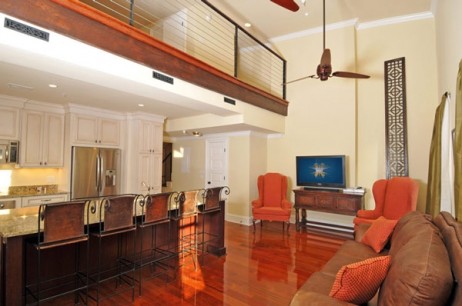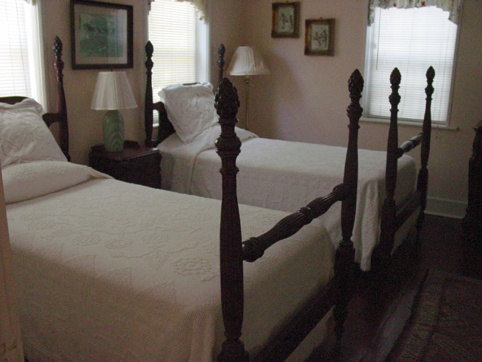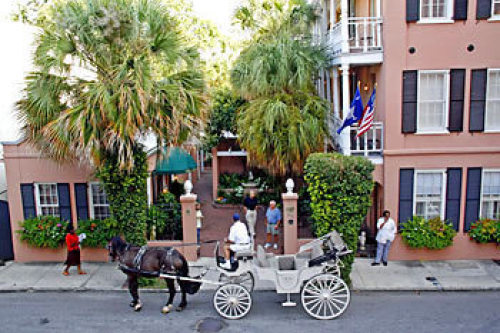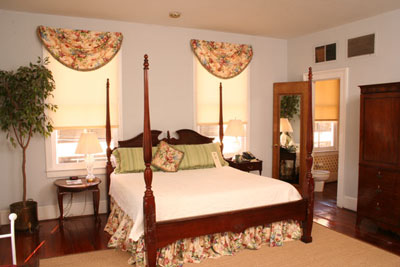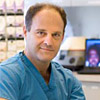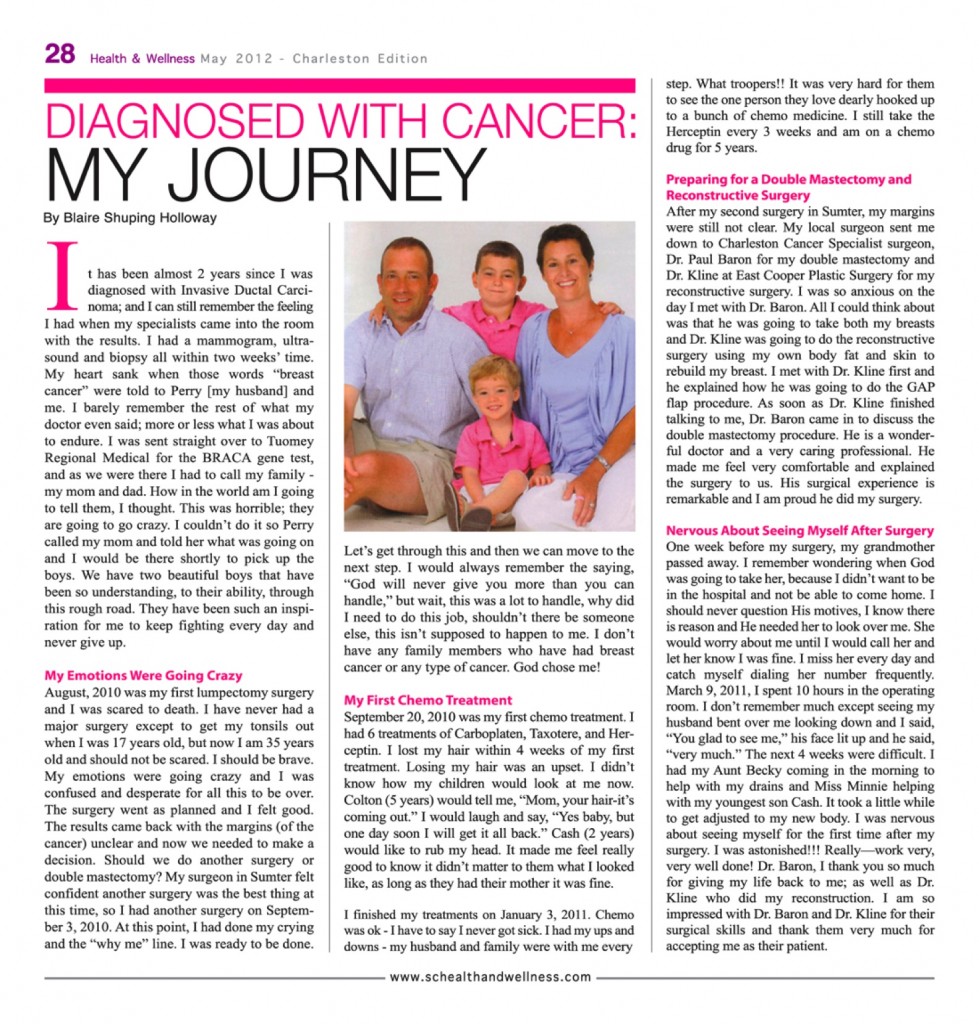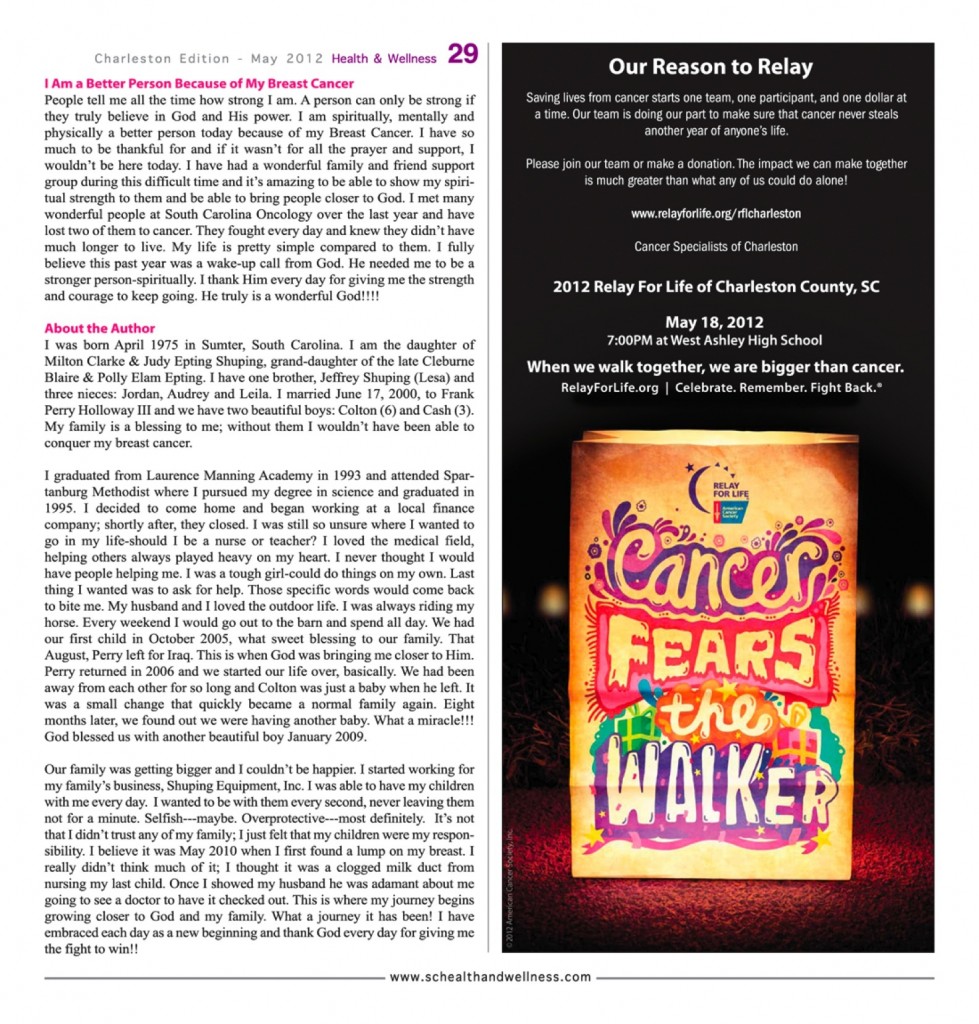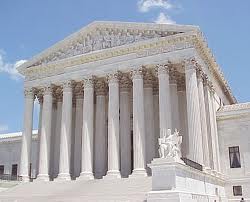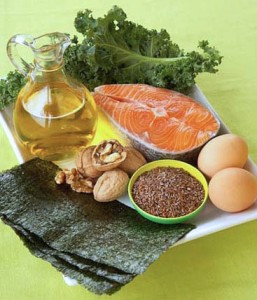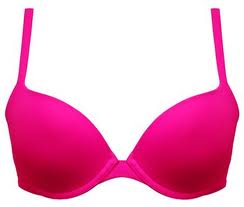
The below question is answered by Charleston breast surgeon Dr. James Craigie of The Center for Natural Breast Reconstruction.
I was diagnosed with breast cancer in 1999 at age 24 (infaltrating ductal, triple negative). I had a lumpectomy with a lymph node dissection, chemotherapy and radiation. I found out I was positive for the BRCA1 mutation in 2008 and had a myomectomy (c section cut) and subsequent full hysterectomy (via davinci) in 2010, since pathology found the mass to be Endometrial Stromal Sarcoma.
I am now considering a mastectomy to decrease my chances of reoccurrence. Would you recommend a prophylactic mastectomy? If so, what type of reconstruction can I have? I prefer natural reconstruction rather than implants, but do not know if I am eligible since I’ve had two abdominal surgeries and do not have a lot of extra tissue anywhere else.
Hi and Thank you for your question. I’m sorry you have been faced with these difficult decisions. Removing as much breast tissue as possible is the most effective thing you can do to reduce your chances of getting breast cancer. I refer to this type of mastectomy as “risk reduction” because it does not make the chances 0 but is as close as one can get. Your previous tummy surgeries have probably not affected your ability to have natural breast reconstruction, as we have had many people who have had the same types of surgery before using the extra tummy. Even the people who have had surgeries that compromise the tummy we can almost always come up with an option for natural breast reconstruction. Many of our patients have been told they do not have enough extra to use but when we see them we can usually give them a very nice result without implants. I hope this answers your question.
James Craigie, MD
Center for Natural Breast Reconstruction
Would you like your breast reconstruction question answered? Just ask us!

